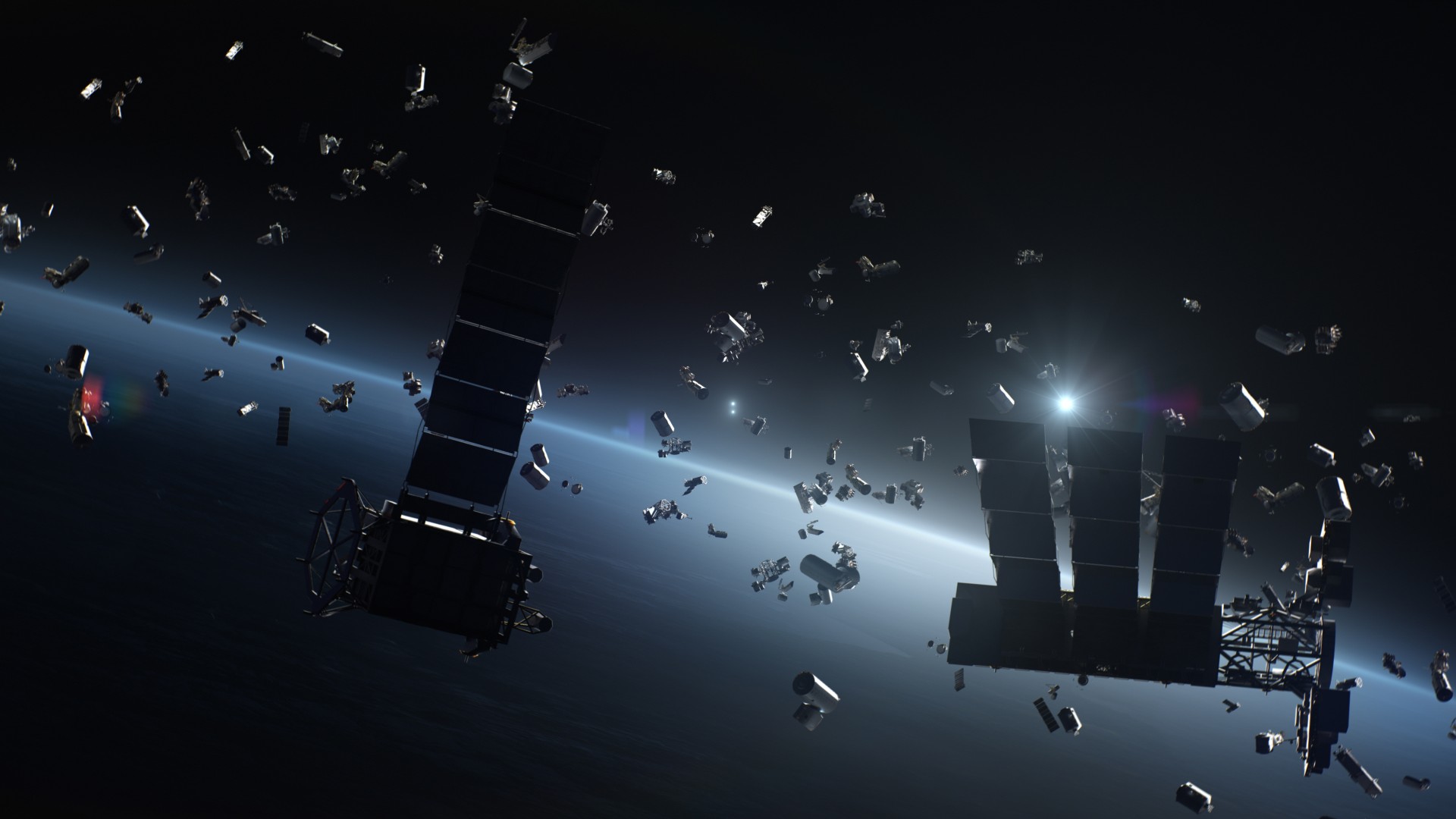
NASA's latest space debris technology contract involves a bag that could one day snatch pieces flying in orbit.
NASA recently awarded a space logistics startup, called TransAstra, an $850,000 early-stage contract for a bag that could inflate after it flies into orbit. This is not a space debris mission for flight, however, as the company will be tasked by testing this technology on the ground using inflatable struts. The contract award was reported by SpaceNews.
This will be the second contract for TransAstra in recent years concerning inflatable capture bags. They also received a 2021 early-stage contract from NASA that was initially focused on asteroid or space rock capture.
Related: Clearspace-1 space debris cleanup target in orbit just got struck by space debris
Very quickly, however, TransAstra realized that asteroids and space junk share many of the same challenges. Asteroids generate pebbles, while space debris can generate tiny pieces resembling the movements of pebbles in space, company officials told SpaceNews.
"We subsequently realized this is the greatest thing ever for orbital debris cleanup," Joel Sercel, TransAstra founder and CEO, said in the report. The company proposes to move this bag around low Earth orbit, to snag multiple pieces of debris, with a space tug that they call Worker Bee.
It could take years or decades for such technology to be ready for spaceflight. Should the mission concert work out and actually reach space, however, there will be plenty of work left to do.
The European Space Agency estimates that Earth orbit has roughly 36,500 debris objects more than 4 inches (10 centimeters) wide. All trackable objects number something like 330 million objects; each is bigger than 0.04 inches (1 millimeter).
In a perfect example of how out of control the space debris problem is getting, a piece of space junk that was slated to be removed by another, unrelated debris removal test was itself struck by another piece of debris in Aug. 2023, possibly generating more fragments in orbit.







